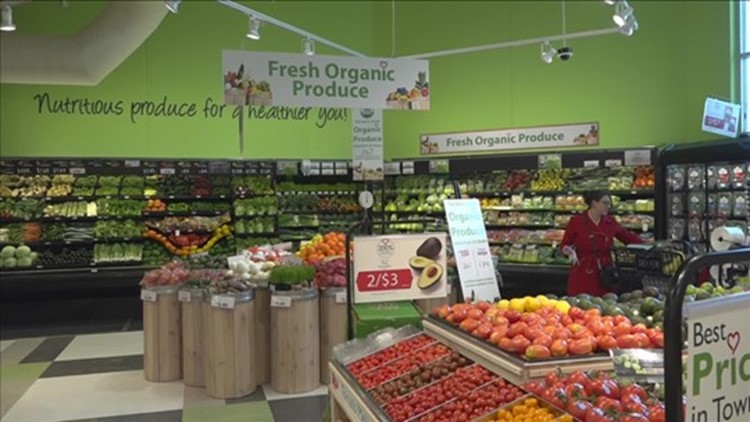MEMPHIS, Tenn. — As many continue to adjust to record high gas prices, consumers may want to make room in their budgets for increasing food prices.
According to U.S, Department of Agriculture’s yearly Consumer Price Index (CPI), store bought food is expected to increase as much as 4%.
The CPI measures economy-wide inflation.
The USDA also said that eating out may be pricier than ever, exceeding “historical averages and the inflation rate in 2021,” with an expected 6.5% increase for the year.
When comparing today’s food pricing to the pricing consumers payed in 2021, the CPI showed that food is 7.9% higher than it was last year.
Consumers may be wondering what is causing food to reach record high pricing. According to USDA, the conflict in Ukraine, as well as interest rate increases by the Federal Reserve have each put a strain on food prices, causing pricing to increase.
Increases in food prices have been on a rise since 2020, although then for different reasons.
The Economic Research Service (ERS) shared data that showed that during the pandemic, prices for beef and veal category increased by 9.3% when compared to food pricing for the previous year, showing the largest relative price increase amongst all food categories. Fresh vegetables showed the smallest price increase in 2020, only increasing by 1.1%.
As gas prices, the housing market, and food prices all sky rocket, the USDA estimates that food prices will continue to rise throughout the year.
The CPI list the predicted percentage increases for several food categories. To name a few, poultry is expected to increase up to 7%, eggs up to 3.5%, dairy products up to 5%, fresh fruit up to 6%, and nonalcoholic beverages up to 4.5%.



